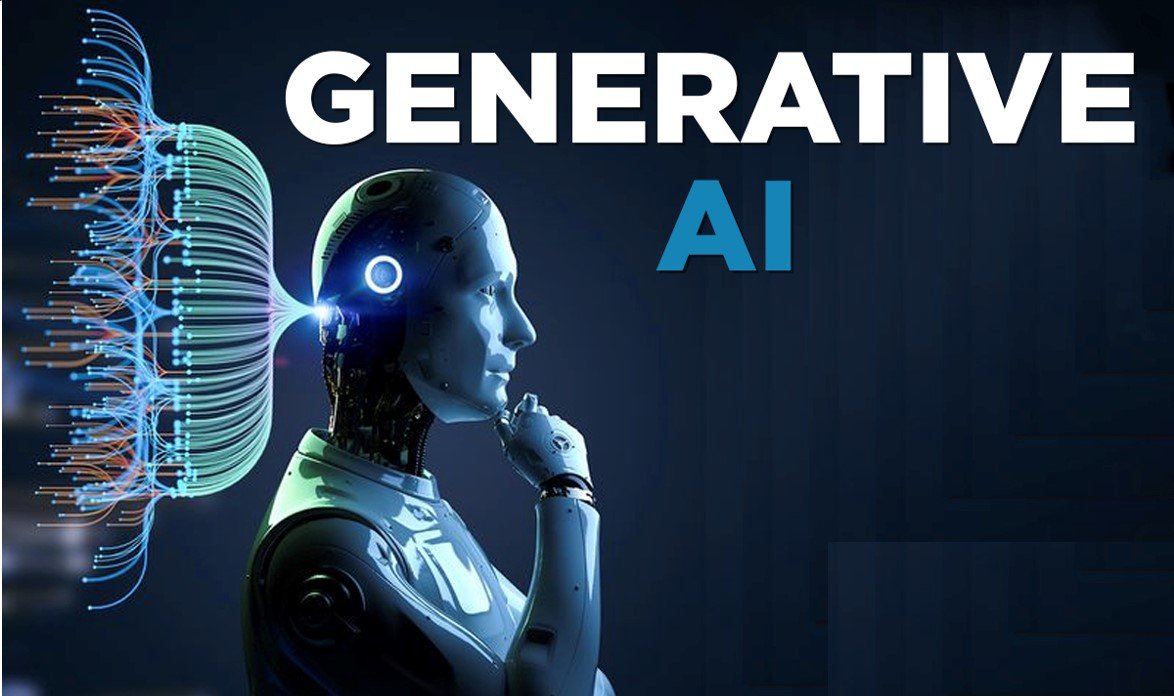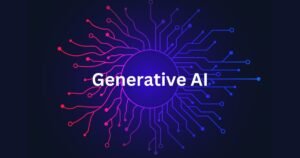
Introduction
Generative AI is a branch of artificial intelligence focused on creating new data, such as text, images, music, or videos, based on patterns learned from existing datasets. Unlike traditional AI, which focuses on prediction or classification, generative AI produces original content by mimicking the structure of the data it’s trained on. Popular models like Generative Adversarial Networks (GANs) and Transformers, such as GPT, have revolutionized fields like natural language processing, art, and media. The course emphasizes practical applications, ethical considerations, and real-world case studies. Whether you’re interested in natural language processing, creative AI, or automation, this course provides hands-on experience with cutting-edge generative technologies. A Generative AI Course offers valuable insights into the principles, techniques, and ethical implications of using AI to generate content autonomously. Read this section to know what you can learn from the Generative AI Course.

10 Important Things to Learn from The Generative AI Course
Generative AI is a powerful subset of artificial intelligence that focuses on creating new content, such as images, text, and audio. A Generative AI course equips you with skills to create AI-driven content, enhancing creativity in areas like text, images, and music. You’ll gain expertise in cutting-edge technologies like GPT and GANs, opening doors to careers in AI development, innovation, and automation across various industries. A course on generative AI introduces students to various cutting-edge techniques and tools.
Here are 10 essential things to learn from such a course:
- Fundamentals of AI and Machine Learning: Understanding the basics of AI and machine learning is crucial. Concepts like neural networks, supervised and unsupervised learning, and deep learning serve as the foundation for generative models.
- Generative Models: The course covers various generative models such as Generative Adversarial Networks (GANs), Variational Autoencoders (VAEs), and Transformers. These models are the core of generating new content based on patterns learned from data.
- GANs and Their Components: GANs are a significant part of generative AI. A GAN consists of two components—a generator and a discriminator—that compete against each other to create realistic outputs. Understanding how they work is critical for creating synthetic data.
- Training Generative Models: Learning how to train generative models involves managing large datasets, optimizing loss functions, and using backpropagation techniques. Training requires extensive computation and careful tuning of hyperparameters.
- Transformer Models: Transformer-based models like GPT (Generative Pre-trained Transformer) are integral to generative AI. These models have revolutionized natural language processing (NLP) tasks such as text generation, translation, and summarization.
- Applications of Generative AI: From creating digital art to generating realistic speech, generative AI has many applications across industries. The course highlights real-world healthcare, entertainment, finance, and more uses.
- Ethics in AI: The ethical concerns surrounding generative AI, such as bias in generated content, deepfakes, and intellectual property issues, are crucial topics. Students are taught to design models responsibly.
- Programming Frameworks: Frameworks like TensorFlow, PyTorch, and Keras are essential tools for building and deploying generative AI models. The Artificial Intelligence Course in Delhi provides hands-on training on how to use these frameworks.
- Data Processing: Preparing high-quality data is vital for training effective models. This involves data augmentation, cleaning, and transformation to ensure the model learns accurately from the inputs.
- Evaluation Metrics: Lastly, evaluating the performance of generative models using metrics such as inception score, FID (Fréchet Inception Distance), and human evaluations helps ensure the generated content is useful and realistic.
This knowledge prepares learners to develop cutting-edge AI applications.
Conclusion
In summary, a Generative AI Course provides a comprehensive understanding of the models, techniques, and ethical considerations involved in creating new content through AI. Mastering key concepts like GANs, Transformers, and data preprocessing, alongside the practical use of frameworks like TensorFlow and PyTorch, equips learners with the skills needed to build powerful AI systems. Furthermore, the course emphasizes responsible AI usage by addressing ethical concerns and ensuring that generative AI is deployed fairly and accurately. By gaining these insights, learners are prepared to innovate across industries using generative AI technologies. The Generative AI course offers a deep dive into the principles and techniques behind creating AI models that can generate text, images, music, and other content. It covers essential concepts like neural networks, transformers, and deep learning. You’ll explore tools like GPT (for text) and GANs (for images) while understanding how these models are trained and fine-tuned for creative tasks.





